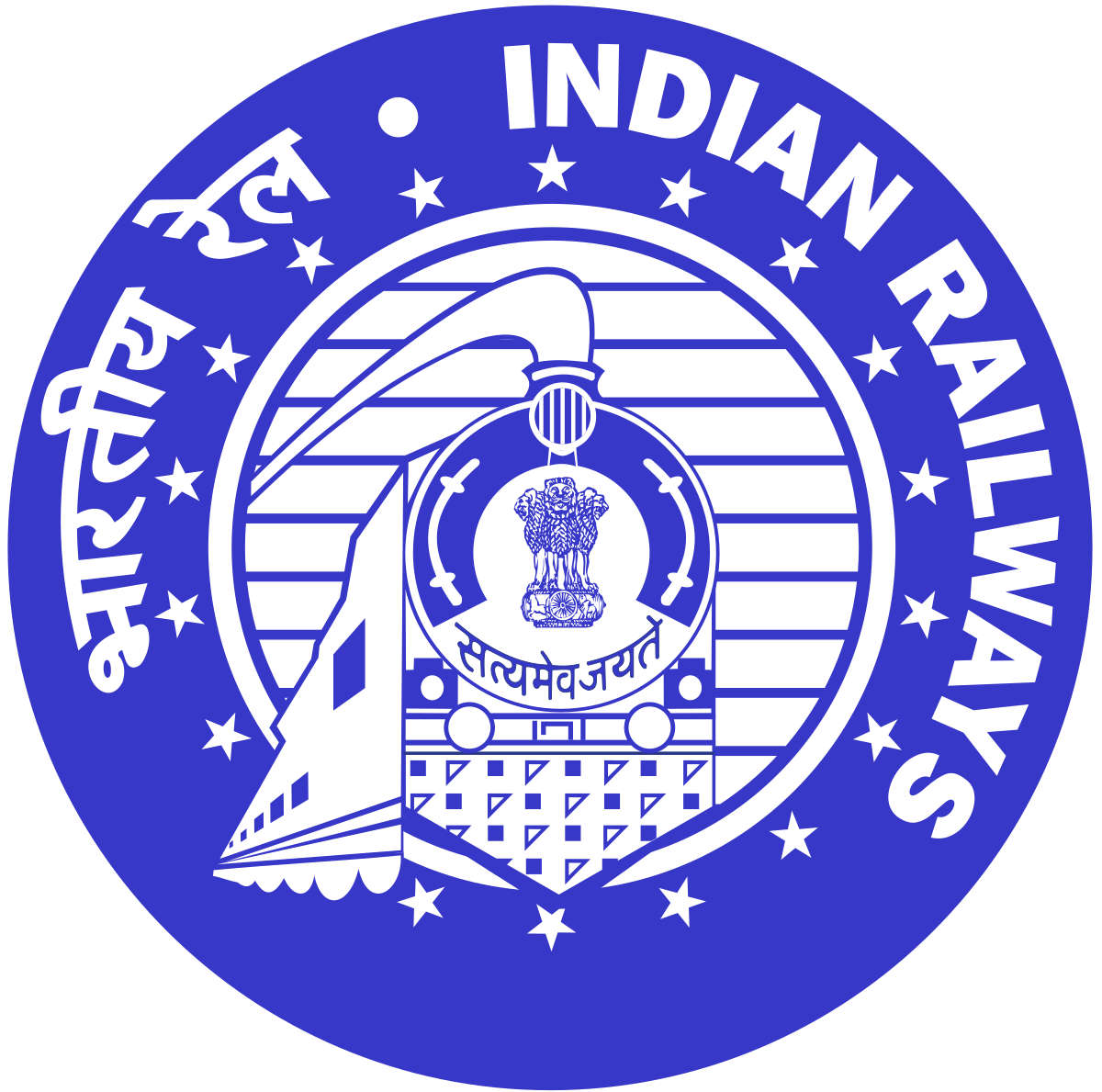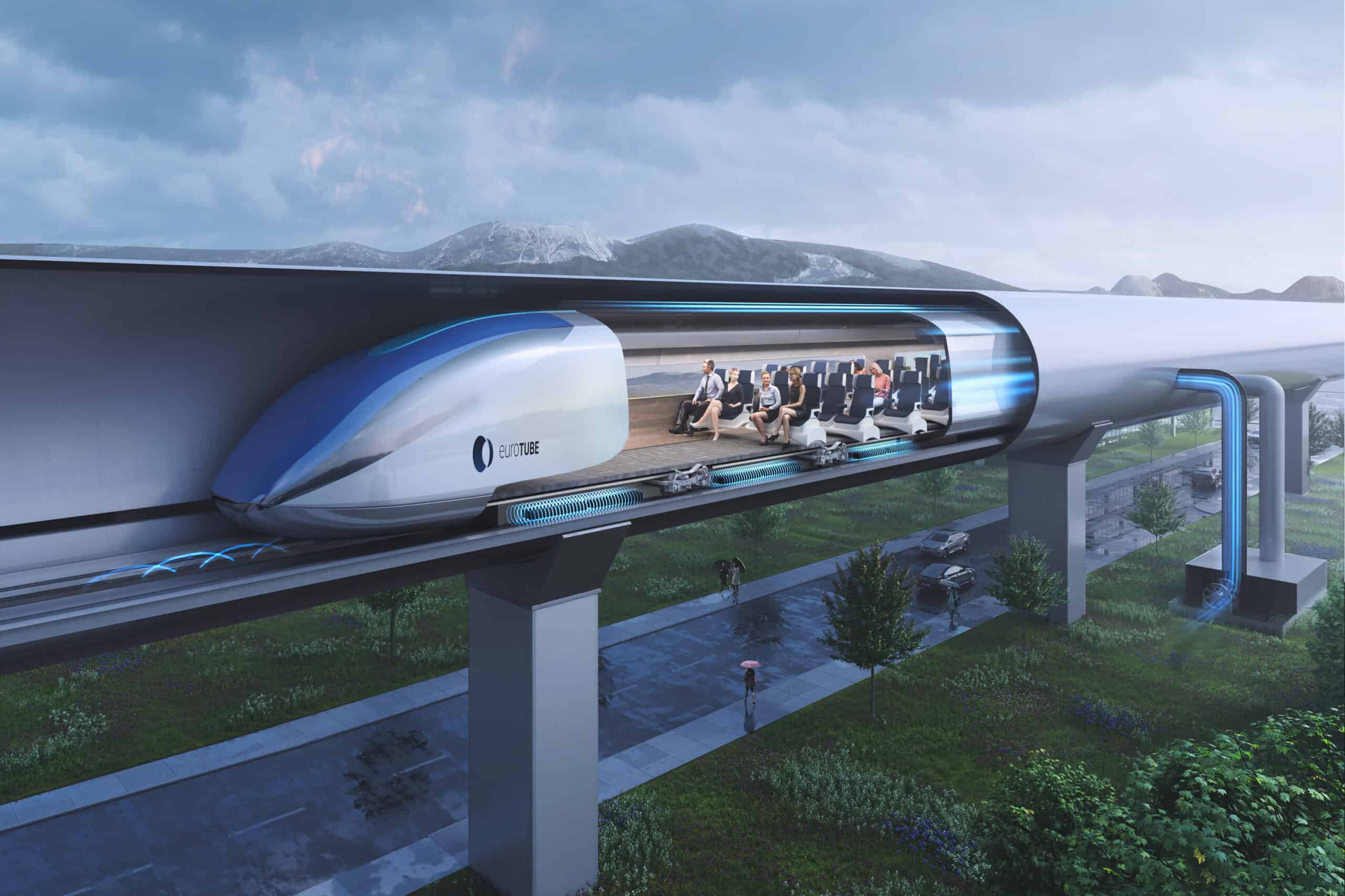Indian Railways, the largest railway system in the globe, is better known by its broad extent and affordability. Yet hidden from the public eye is the wealth of cutting-edge technology that underlies it, far less known as it is. From state-of-the-art transport mechanisms to sustainable innovations, Indian Railways is transforming travel for us. Catch a glimpse at some of the lesser-knowledge technological advancements that are transforming the face of this legendary institution.
Hyperloop: The Travel of the Future
Indian Railways has sanctioned India's first 40-kilometer hyperloop project, a pioneering venture that is set to change transport. Hyperloop technology makes use of magnetic levitation to float pods in vacuum tubes at more than 1,000 km/h. The project is undertaken by IIT Madras and Integral Coach Factory Chennai, which is the world's best when it comes to innovation and efficiency. India has already constructed Asia's longest test tube hyperloop, which means that India is set to be the leader in the production of the hyperloop.
100% Electrification: A Green Revolution
As a part of its aim to reach net-zero carbon emission by 2030, Indian Railways will achieve 100% electrification by the year 2025. That in itself is no small achievement, as it minimizes the use of fossil fuel and enhances operating efficiency. Electrification allows heavier freight trains and longer passenger trains, leading to more throughput and cost savings. That is a tiny step towards making the transport system green and sustainable.
High-Tech Trains: Speed and Comfort
The Union Budget 2025 has invested heavily in the launch of high-tech trains. These are 200 new Vande Bharat trains, 100 Amrit Bharat trains, and 50 Namo Bharat rapid rail systems. With the latest comfort features and state-of-the-art safety technologies, these trains will revolutionize the experience of traveling for millions of commuters. The emphasis on middle-class convenience and intercity connectivity efficiency is a reflection of Indian Railways' thrust towards modernization.
Artificial Intelligence and Predictive Maintenance
Indian Railways is using artificial intelligence (AI) for predictive asset maintenance. AI-based systems track tracks, locomotives, and signalling infrastructure to detect prospective issues before they turn into massive setbacks. This preventive maintenance saves time, cuts costs, and provides safer journeys for passengers.
Smart Stations: A Digital Leap
Smart stations are another marvel of technology. Electronic kiosks, automatic ticket vending machines, and real-time tracking of trains, these stations will be more passenger-friendly. Facial recognition as a security feature and crowd management systems with AI are being implemented to provide a hassle-free travel experience.
Bio-Toilets and Waste Management
Indian Railways has also equipped thousands of coaches with bio-toilets to solve the problem of sanitation. The toilets contain anaerobic bacteria that break down human waste into water and gas with minimal effect on the environment. Sanitation management systems are also being improved to make trains and stations cleaner.
Solar-Powered Trains and Stations
Another step into the future by Indian Railways is solar power. Solar panels are being fitted to train roofs and station buildings in order to harness electricity. This not only is saving on energy costs, but it is also assisting the government in meeting its renewable energy targets.
Blockchain for Transparency
Blockchain technology is also explored to improve transparency in operations. From ticketing to freight management, blockchain provides immutable and secure transactions. Blockchain technology can improve the functioning of Indian Railways' extensive network.
Conclusion
Indian Railways is not only a tool of transport; it's an emblem of India's technological aspirations. The company's advancements mentioned are a mere fraction. As the company continues to redefine innovation, it's raising the benchmarks of efficiency, sustainability, and comfort for the passengers. When you travel by train the next time, recall that you're on a ride that runs on state-of-the-art technology.
What makes you most curious about these innovations? Let us know!







Comments
Post a Comment